“I still have something to do.”
“Don't be too reckless.”
Shortly after the release of “Beyond Outrage”, the first sequel he filmed to this day, Kitano stated how he wanted to conclude his modern day-narrative on the yakuza. Besides the financial success of the last two films, a conclusion seems to be the logical next step after focusing on the hierarchy within the underworld (“Outrage”) and its evolution to a business (“Beyond Outrage”). The last entry into the series would be centered around the individual and highlight the lasting consequences of Otomo's actions and those of the other characters.
Outrage Coda is screening at the Toronto Japanese Film Festival

Despite their roots within the cinema of directors like Ken Takakura or Kinji Fukasaku, Kitano emphasizes how he regards his films as different from these traditions. Even though his approach remains stylized, the image of the yakuza as an all-present entity controlling parts of Japanese politics and economy was something he was after with the three films. Thus, his philosophy on shooting these movies has been to create a balance between a sensationalist style and this particular way of portraying the amoral underbelly of Japanese society.
In the end, “Outrage Coda” remains a film essentially about various ways of causing violence. According to producer Masayuki Mori, Kitano spends a good deal of time thinking of ways of killing off the large personnel of the “Outrage”-films. In almost Shakespearean fashion, the eventual demise of Kitano's gangster characters comes as a true reflection of their violent lifestyles. Referring to “Beyond Outrage”, Kitano mentions how an environment defined largely by betrayal, shouting and scheming contains a lot of violence which will undoubtedly unload at one point.
It has been five years since the events of the last film and the Sanno-kai crime syndicate has been decimated and absorbed within the larger Hanabishi-kai under the leadership of Chairman Nomura (Ren Ohsugi). Otomo (‘Beat' Takeshi Kitano), a former henchman of the Sanno-kai, was forced to leave Japan and offer his services to a powerful Korean clan led by Chairman Chang (Tokio Kaneda).
When a young executive named Hanada (Pierre Taki) causes trouble for Otomo and his men while on vacation, Nomura sees a chance to finally get rid of a few of his underbosses, namely Nishino (Toshiyuki Nishida) and Nakata (Sansei Shoimi). Ordering Hanada to make peace with Chang and his men, he plans on making the two underbosses eventually fight each other for a chance to advance in the syndicates hierarchy.
However, as this plan fails and relationship among the clan as well as towards the Koreans become volatile, Otomo sees his chance to settle some old scores with former partners and take revenge for his banishment so many years ago.
There is a familiar sight at the beginning of “Outrage Coda” as Katsumi Nanagijima's camera looks upon a small gangplank with a few men standing nearby wearing Hawaii-shirts. The image centers on Otomo and one of his subordinates, a man named Ichikawa (Nao Omori), who is fishing. Talking about the ingredients of kimchi stew, the difference of cooking it yourself and eating it in a cheap diner around town defines the majority of the conversation between these two. The moment is rare, since the dialogues revolving around crime, betrayal and schemes will make up most of the dialogues to come. However, the appearance of the ocean, the color blue and the sight of the aged Otomo may hint at the return of a more philosophical, existential undertone reminiscent of works such as “Hana-Bi” or “Sonatine”.
More specifically, the world of the “Outrage”-movies has always been eminently cold. With the deterioration of values like honor and loyalty, as well as their replacement by a cut-throat business mentality, the environment of these characters is cynical, violent and without warmth. Kitano, always a director particular in his use of color, has created a universe of blacks and grays, of transparent surfaces and tinted windows. The sparse camera movement emphasizes this world of the “living dead” on the screen, one in which only death has become the absolute truth and certainty. In another dialogue with Ichikawa, the young man plans to take revenge for the death of a fallen employee. Enraged by the event, he ignores Otomo's remark on how will most certainly die trying without having achieved anything. A certainty underlined by his chuckle following Ichikawa's “So be it.”
Ultimately, one has to mention the meticulous design choices within the “Outrage”-films. Even though Kitano tends to change scenes while shooting, the final result is one of a true auteur, of a unique vision. For example, much like the environments in “Brother” or “Sonatine”, the distinction between the urban and nature has become almost suspended, has fallen under a process of “bleaching” (Casio Abe). Whereas the former highlighted the erosion between the cultural surfaces, in “Outrage” it may emphasize the image of the yakuza as indeed one of a whole society. While the bosses hide away in their mansions and wide offices, the “proxies” disperse to carry out the dirty work, which will likely only serve their bosses and lead to the servant's death. People like Otomo have accepted the certainty of death, a characteristic branding them the ultimate threat to a hierarchy only afraid of not receiving a paycheck.

As a result, one might argue whether there is indeed some kind of development within characters such as Otomo. And while the previous film did not develop the character that much, the realization of death, the culmination of disappointments and vanished ideals have clearly taken a toll on the gangster. Although he might lack the nihilistic humor of his character in “Sonatine”, Kitano plays a stoic, a man of action rather than words, since the latter is only deceptive, as he had to learn the hard way in the previous films. Referring to the masculine, cold world Kitano creates, author Sean Redmond speaks of the body becoming the “animal” who has abandoned language and expresses himself almost exclusively through violence.
At last, there is the score by Keiichi Suzuki, who continues his work from the last two movies. Besides the cool, jazzy tunes, most of the music has a slightly mechanical, brooding quality to it. In combination with the static camera, the superficial quiet is interrupted, betrayed almost and slowly building towards a violent climax. At the same time, the actions on screen appear predetermined, confirming the notion of the certainty of death as a constant aspect of the film.







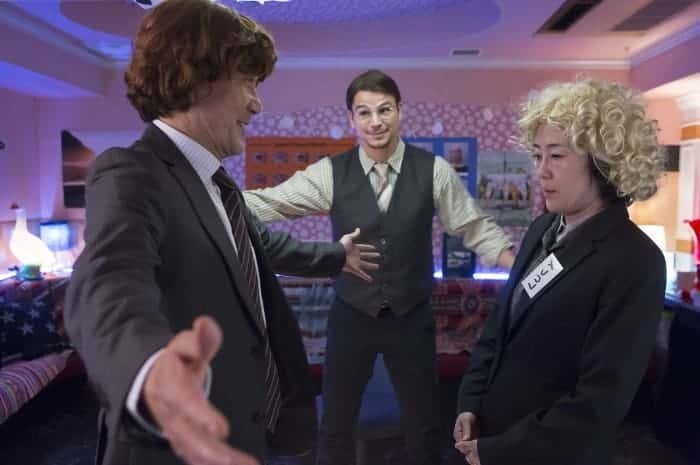

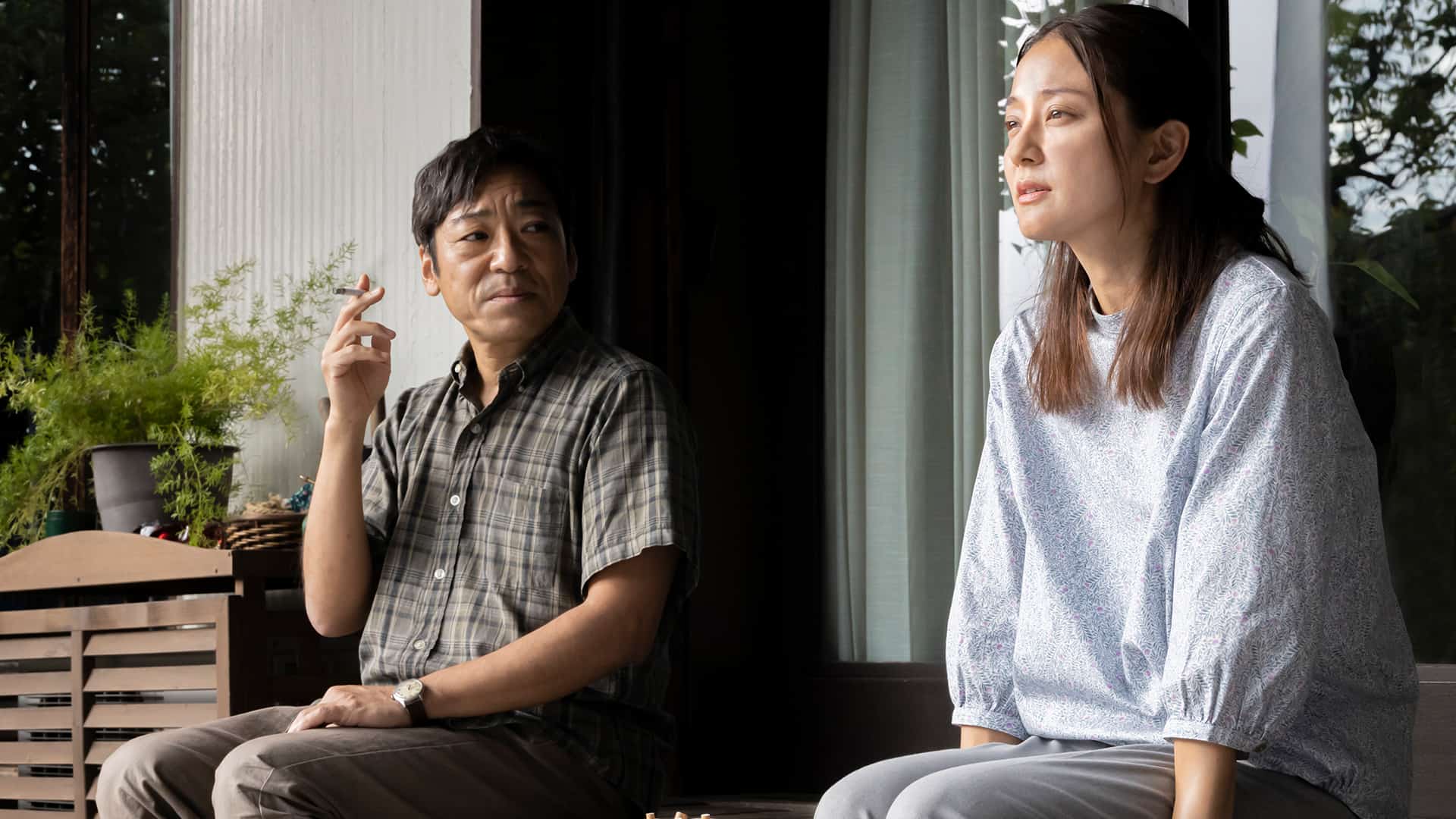
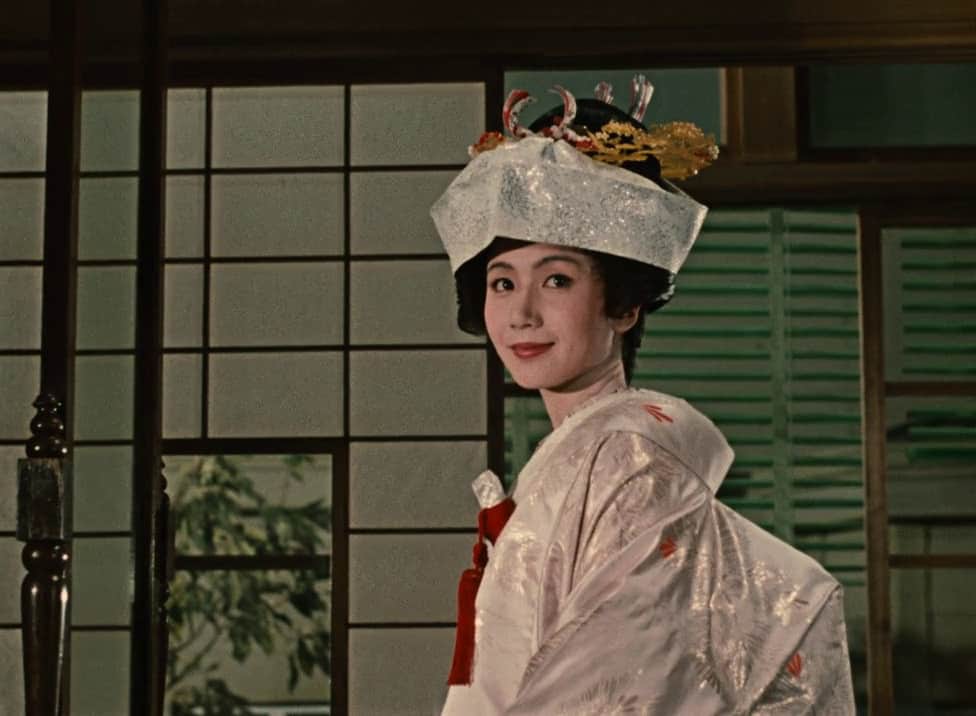
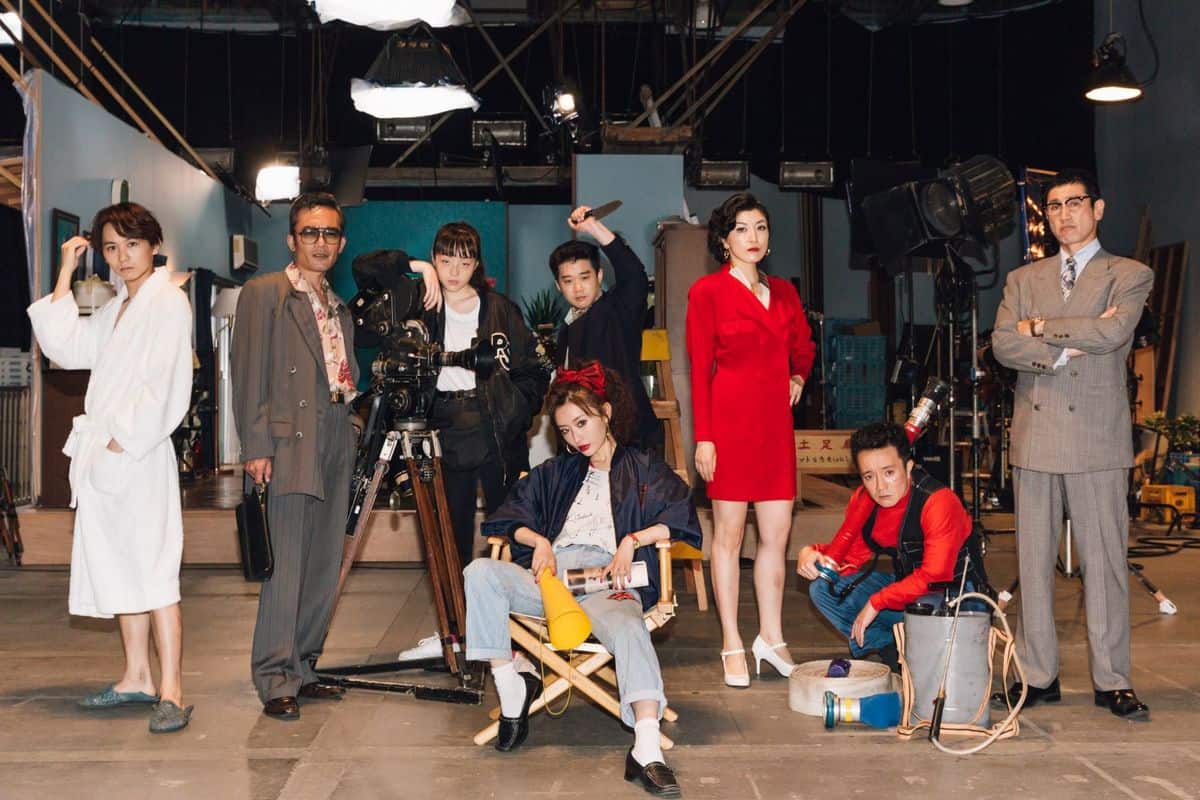
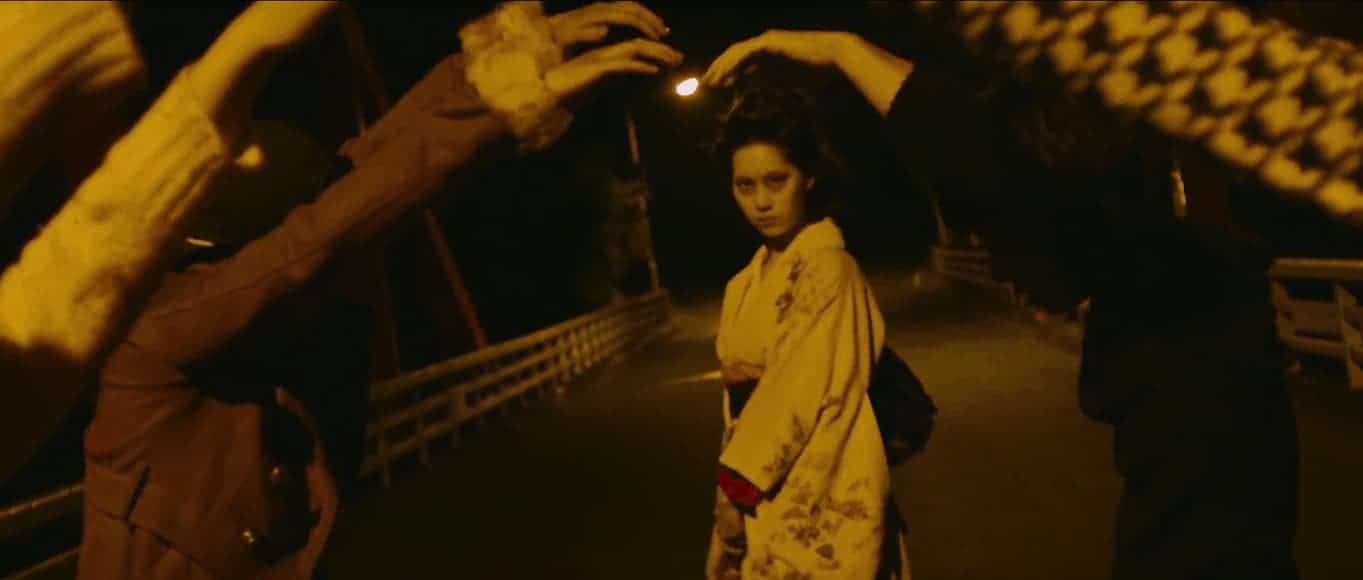







This took too long to come out. I forgot much of what happened in 1 and 2. I remember not liking them all that much and this one was no different. Believe it or not Brother is probably my favorite Kitano film. Yes I know it is pretty bad but there is just something about it. Hana-bi is a close 2nd.